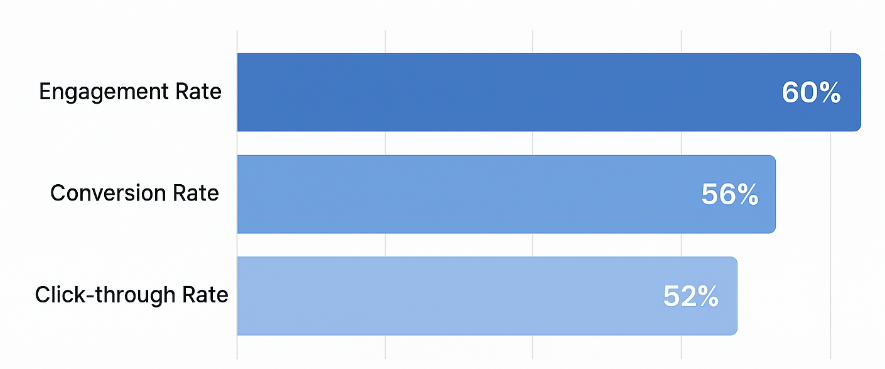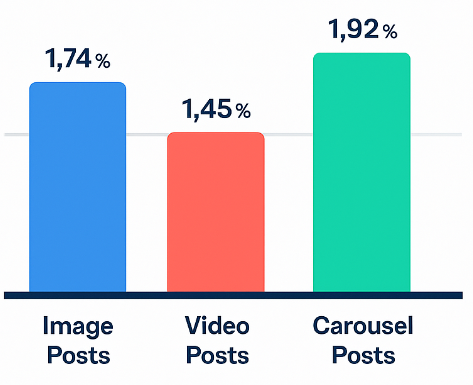Analyzing competitor campaigns helps marketers identify messaging angles, creative trends, and audience expectations. Research shows that 88% of top‑performing advertisers routinely track competitor ad activity to refine their own strategy. Another industry study found that brands monitoring competitor creatives improve their ad engagement by up to 32%.

Share of video marketers prioritizing each KPI (2025 survey)
But competitive research must be performed safely. Poor methods—such as scraping, unauthorized tool usage, or activity that triggers platform suspicion—can lead to reduced ad delivery or account restrictions. A safe workflow protects performance while giving you the insights you need.
Step 1: Start with Public, Platform‑Approved Sources
Ad libraries, public pages, and transparent advertising hubs are the safest way to analyze competitors.
These sources reveal:
-
Active campaigns
-
Creative themes
-
Copy variations
-
Landing pages
-
Frequency of promotions
Because the data is publicly accessible, you can analyze it without raising any platform compliance red flags.
Step 2: Save and Categorize Creatives
Once you have access to competitor ads, document them in a structured format. A consistent system reduces analysis time and reveals patterns quickly.
Suggested categories include:
-
Creative format (image, video, carousel)
-
Core message
-
Offer positioning
-
Call‑to‑action type
-
Visual style (color palette, layout, tone)
-
Audience hypothesis
Statistically, marketers who categorize and tag ad examples report 40% faster insight extraction during creative strategy sessions.
Step 3: Analyze Trends—Not Individual Ads
Looking at single ads is rarely meaningful. Trend analysis reveals what competitors rely on consistently.

Average engagement rate by post type — carousel vs image vs video (2025)
Focus on:
-
Repeating headlines
-
Reused offers
-
Visual patterns
-
Seasonal cycles
-
Creative evolutions over time
According to industry data, organizations using trend-based analysis improve their creative test success rate by 27% compared to teams reacting to isolated ads.
Step 4: Reverse‑Engineer Without Copying
Competitive research should inform strategy—not duplicate it. Copying messaging or design invites brand confusion and weakens your unique value.
Instead:
-
Identify strategic gaps competitors do not cover
-
Translate their proven angles into your brand’s style
-
Compare their offers to your product strength
Teams that reinterpret insights instead of copying them report higher conversion lifts and fewer compliance issues.
Step 5: Build a Compliance‑Safe Workflow
A safe research workflow avoids suspicious behavior such as:
-
Automated scraping
-
Using bots to browse competitor ads
-
Repetitive high‑frequency activity from the same IP
-
Viewing ads through unauthorized software
A structured workflow protects your account and ensures long‑term stability.
Best practices:
-
Use only platform‑approved transparency tools
-
Document insights manually
-
Work from a dedicated research file or dashboard
-
Evaluate updates on a weekly or monthly schedule
Step 6: Turn Insights Into Testing Ideas
Competitor research should feed directly into your testing roadmap.
Transform insights into actionable experiments such as:
-
New value‑based messaging variations
-
Offer and pricing tests
-
New creative formats
-
Visual direction updates
-
Seasonal campaign structures
Teams that use competitor insights as input for structured testing frameworks see up to 2.3× improvement in test‑win rates.
Recommended Articles to Continue Learning
Staying informed about competitor activity is a powerful advantage—when done safely. With the workflow above, you can gather valuable intelligence without risking your account or creative integrity.

